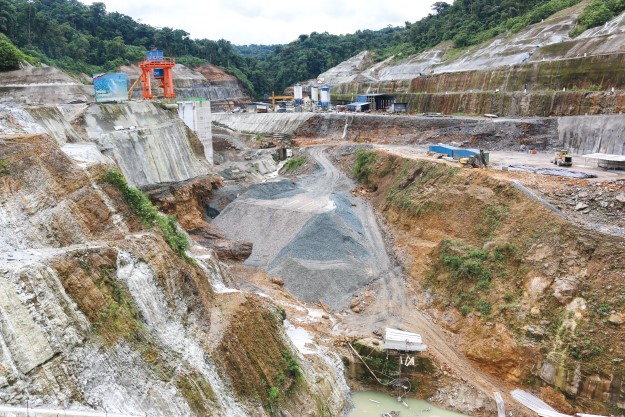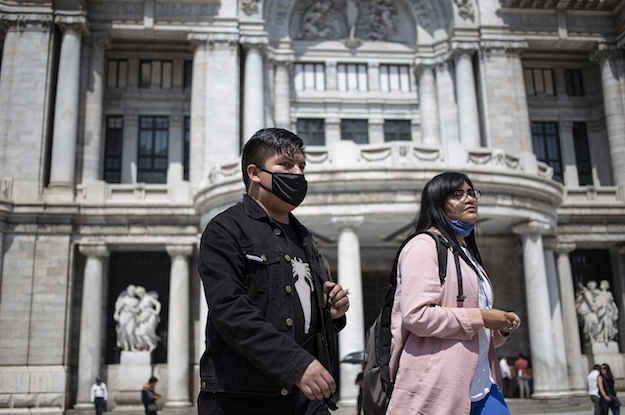This article is adapted from AQ’s latest issue on China and Latin America
Plagued by conflicts over water use and labor standards, Shougang’s 1992 acquisition of an iron ore mine in Peru’s Marcona district — the first major Chinese investment in the country — landed it a reputation in the region as an opaque, uncaring natural resource hunter. Today, China is trying to improve its performance on environmental standards —and often embracing renewable energy and international climate commitments.
Nevertheless, high-level rhetoric on sustainability doesn’t match realities on the ground, said Paulina Garzón, director of the China-Latin America Sustainable Investment Initiative. “We hear about the Paris Agreement, the flourishing solar industry, but they still haven’t taken on the importance of environmental issues in the global arena.” An example of this lack of attention is the $2.5 billion Coca-Codo Sinclair hydroelectric project in Garzón’s native Ecuador, built by Sinohydro and financed by the Export-Import Bank of China. The use of old, outdated studies of the Codo River contributed to many problems, including an accident in 2015 that killed 13 people.
“There was a lack of awareness in the early stage of going abroad, but now there’s more know-how,” said Ren Peng of the Beijing-based Global Environmental Institute.
For Boston University’s Kevin Gallagher, deferring to host countries’ laws has proven expensive. “China is learning — the hard way — that it needs its own enforceable social and environmental risk management systems for its financing in Latin America.”
The Chinese government has introduced guidelines for the social and environmental impact of its projects overseas. In 2012 banks were directed to adhere to international standards, and in 2016 and 2017 specific policies and commitments related to environmental impact were made. But none were legally binding. Environmental lawyer Zhang Jingjing said these are ineffective. “Have you ever seen any bank get penalties because it didn’t follow those guidelines?” Zhang said despite good public interest laws in China, no cases have addressed outbound investment, as they don’t have jurisdiction. Katharine Lu, from Friends of the Earth U.S., agrees that implementation is a longstanding problem but said the policies at least show China’s acknowledgement of its overseas footprint.
A lack of dialogue with the outside world makes it harder to improve, Denisse Linares of Peruvian NGO Environmental Law and Natural Resources told AQ. “At the national level, communication between the Chinese embassy and (international) civil society is quite closed. We’ve not been able to tell them first-hand what’s happening.” Huang Wei, a former Greenpeace official, told AQ that Chinese executives pay attention to regulatory benchmarks and profit margins. “It’s just very practical. They don’t consider it from a moral point of view,” she said.
President Xi Jinping’s signature project, the Belt and Road Initiative (BRI), has largely meant securing food and energy resources —and outlets for China’s industrial overcapacity —through infrastructure development. Huang said BRI investments in energy have supported coal because of limited opportunities at home —but aside from coal-fired power in Brazil, the focus in Latin America is mostly on oil and hydropower. Export Import Bank of China and China Development Bank invested $97 billion since 2005 in energy projects in the region, according to the Inter-American Dialogue and Boston University database. The banks also directed $1.3 billion to solar projects, but this only demonstrates Chinese companies diversifying their portfolios, Huang said. “More renewable energy doesn’t bring less coal,” she said.
Heavy pollution in China eventually led to tougher laws and cleaner and higher value-added technologies — an example that could be exported elsewhere. The China-backed Cauchari solar plant in Argentina, slated to be Latin America’s largest when construction finishes in May, shows the potential for cooperation on sustainability, said Garzón. “It’s a step that could open a door of hope in the relationship.”
—
Soutar is managing editor of Diálogo Chino (www.dialogochino.net), a multilingual journalism website dedicated to better understanding the China-Latin America relationship and its sustainability challenges.






